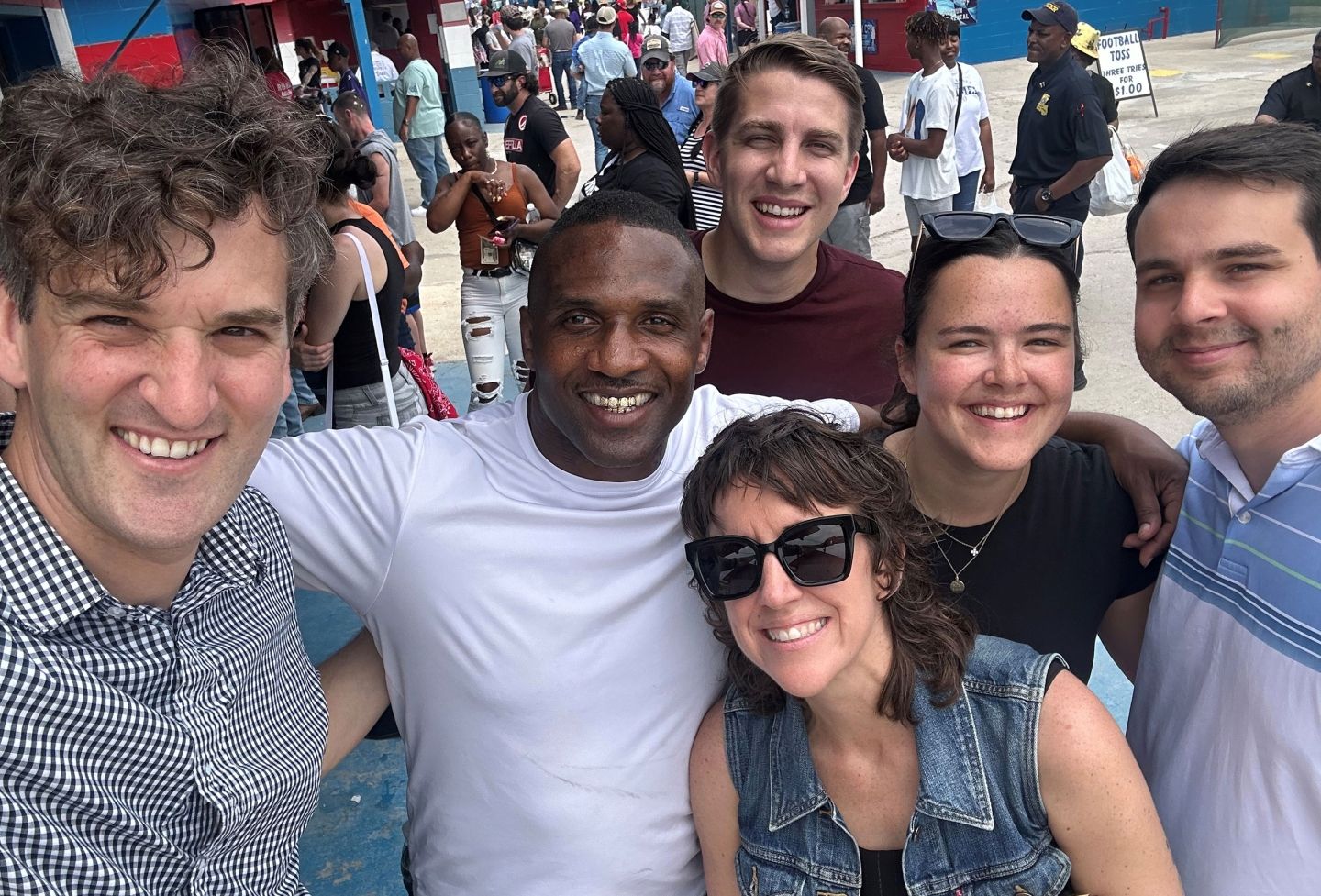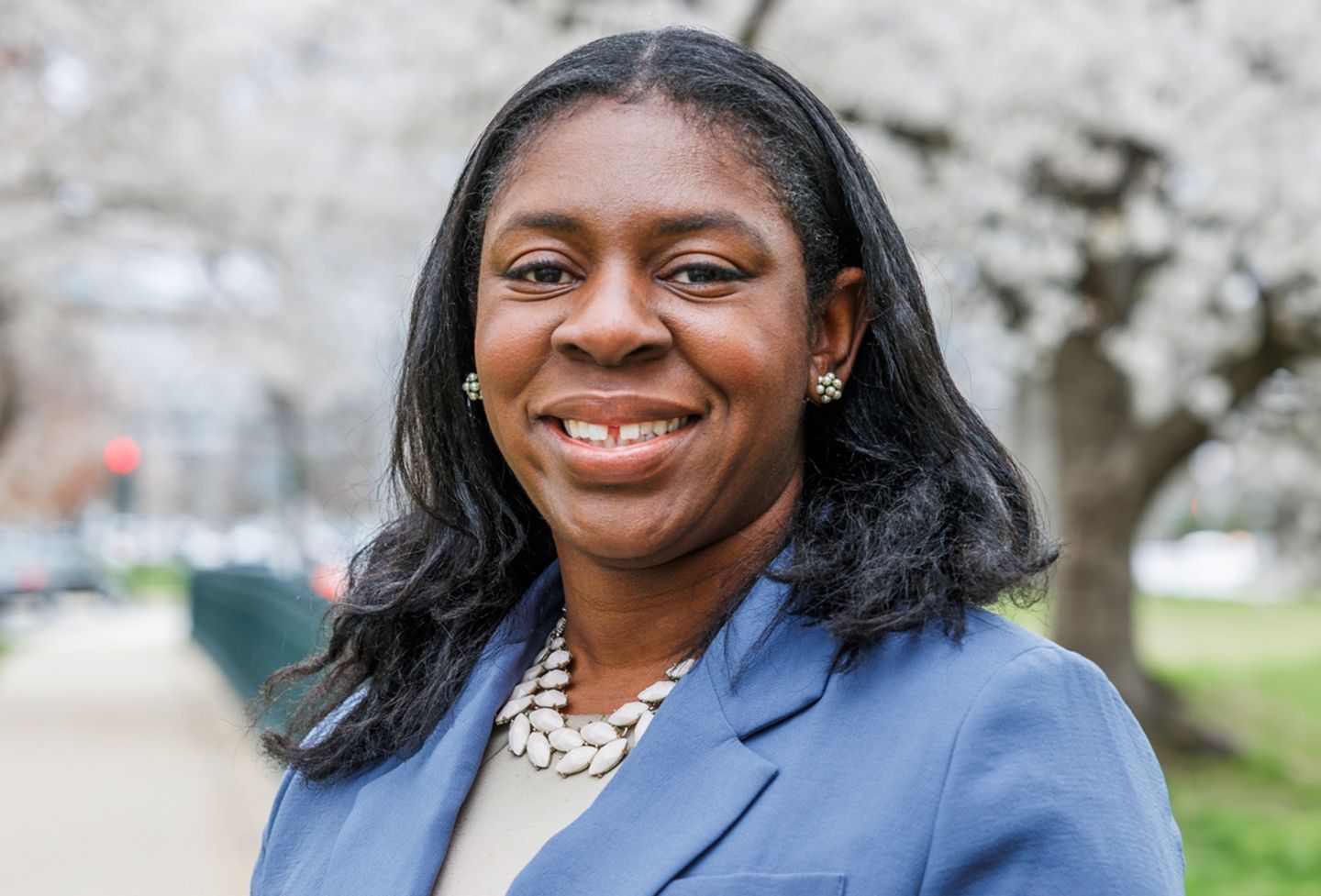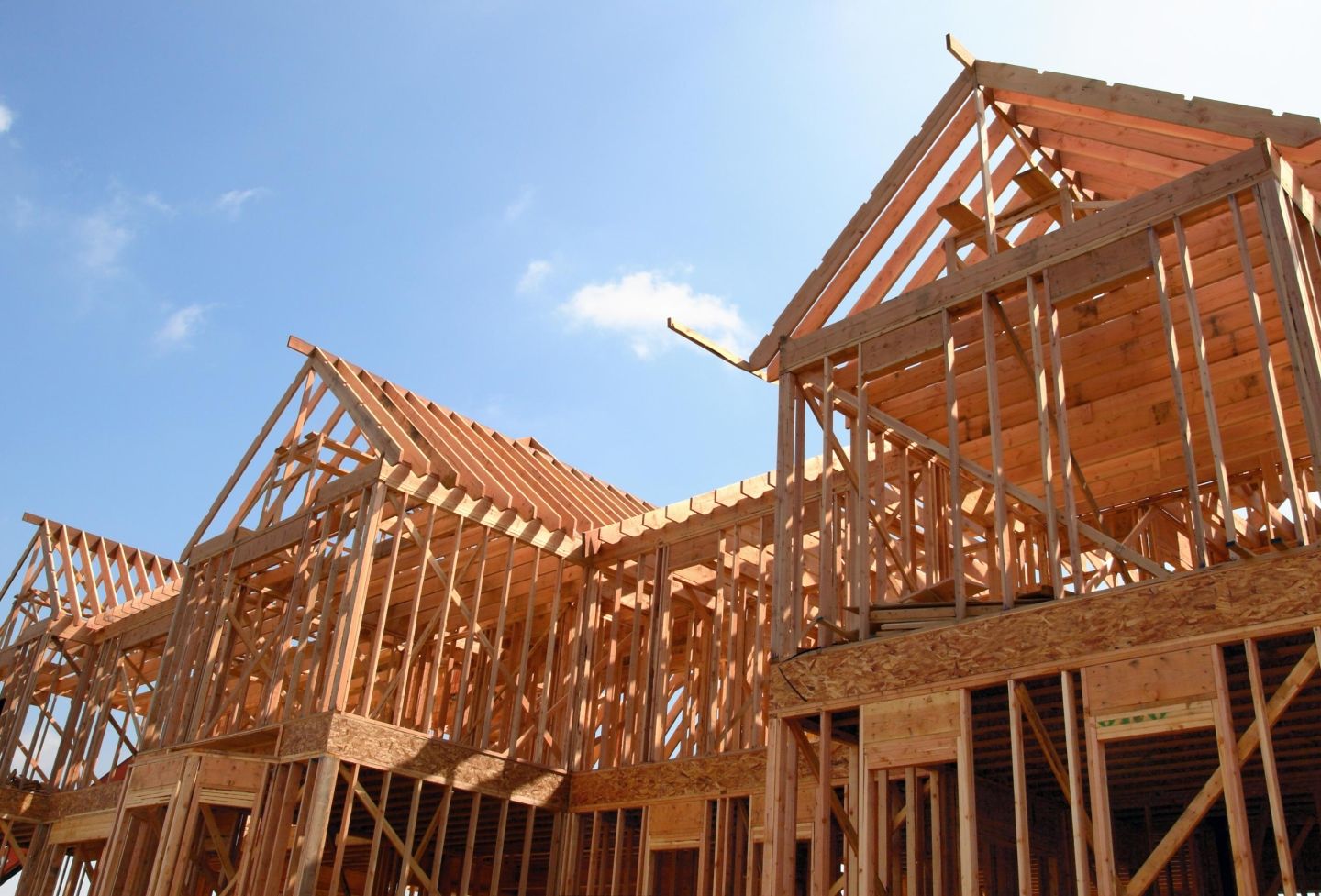Medicaid Patients Face Biggest Gap in Health Care Access, Study Shows

Poor patients who are uninsured and those on Medicaid are about half as likely to get a doctor's appointment for a serious illness than privately insured patients and the uninsured who can afford the appointment, according to a study co-authored by University of Michigan professor Helen Levy. Levy explained the study's results at a Sadie Lewis Webb Program in Law and Biomedicine lecture Feb. 24.
A study in the 1970s showed that participants who were given free health care visited doctors almost twice as much as those with only 5-percent coverage. "If you give people health insurance, they will use more medical care," Levy said. But the study didn't answer whether it was the patient or the doctor driving the lower use of health care services. A 1993 study by Arthur Kellerman showed that with study participants calling clinics and posing as Medicaid users and privately insured patients, 26 percent of those who had Medicaid received an appointment compared to 60 percent of privately insured patients.
Levy said the emergency room doctors who began the study wanted to know about access for the uninsured, especially access for patients referred by ERs. They designed a study in which callers would pose as patients who had visited an emergency room with conditions serious enough to warrant an outpatient appointment within seven days: the caller either had pneumonia, hypertension, or a complicated pregnancy. The study authors gathered the clinic referral lists from ERs in nine cities. Four male interviewers and one female interview each called clinics twice two weeks apart. During those two calls, "the scenario they present is exactly the same and the only thing different is the type of insurance they have." Before getting off the phone, the caller was supposed to cancel the appointment to avoid preventing other patients from scheduling visits.
Levy acknowledged that "this experiment diverges from the real world in a lot of ways." The pregnant caller earned a slightly higher appointment rate, which may have been due to the prejudices of the appointment secretary. Levy said the study also couldn't measure whether callers tried harder to get an appointment depending on the role they played. Because callers were acting as new patients, those least likely to get a quick appointment, the study focused on "the worse-case scenario."
The study's interviewers completed their two calls with 430 clinics, 14 percent of which were safety-net clinics. Insured callers received an appointment 65 percent of the time, while 35 percent of those on Medicaid received an appointment-a 30-point gap. But "the uninsured-private gap is statistically nonexistent." When the uninsured told the secretary they only had $20, there was a 29-point gap between the uninsured and privately insured.
The ER physicians were "appalled" by the fact that even insured patients only got an appointment two-thirds of the time, she said, noting the study confirmed "there is a big gap in access for Medicaid patients." Surprisingly, "the uninsured can get an appointment until they say they can't bring money."
Yet Levy noted that she's never been to a doctor that didn't take credit cards, suggesting that even the poor could get an appointment if they had credit. The uninsured may also know not to explain their ability to pay when making an appointment.
Levy speculated that doctors may be less likely to take Medicaid patients because Medicaid reimbursements are almost always lower than private insurance, although payments vary by state. Safety-net clinics designed to help the poor showed no statistically significant gap between different callers-everyone had difficulty getting appointments with those clinics.
Levy said doctors have told her they dislike Medicaid patients because they don't show up for appointments and don't follow doctor's orders, like suggestions that they lose weight or quit smoking, which makes it disheartening to be their doctor.
The study showed that it was actually easier in Minneapolis to schedule appointments if you are a Medicaid patient, whereas in the Dallas-Fort Worth area only 9 percent of Medicaid patients were able to get appointments. She said there may be one clinic focusing on Medicaid patients there that clients know to call, accounting for the lower appointment rate among a range of clinics. Nationally, doctors' policies on seeing Medicaid patients vary-some will take no Medicaid patients, while others devote an afternoon each week to them.
Using the study results, Levy calculated the time Medicaid patients likely spend calling doctors, estimating that they make more than twice as many calls before receiving an appointment than those with insurance. Part-way through the study, the University of Chicago (where the research originated) started sending their ER patients home with seven phone numbers instead of one to ensure patients could find service.
Because the study's phones had timers, Levy could see that Medicaid callers found out fairly quickly they would not get an appointment, so they were on the phone for a shorter time. It might take an hour and 40 minutes to get an appointment for a new Medicaid or uninsured patient, she suggested. But there may be clinics Medicaid patients know to contact first, too. Either way, "time or money [assuming wages lost] may both be reasonable substitutes for having health insurance," she said.
Levy concluded that because the uninsured or those on Medicaid lack many kinds of resources and access doesn't appear to be a problem, Americans should think of health care access "less as a problem in the medical system and more in the context of anti-poverty policies more generally."
Founded in 1819, the University of Virginia School of Law is the second-oldest continuously operating law school in the nation. Consistently ranked among the top law schools, Virginia is a world-renowned training ground for distinguished lawyers and public servants, instilling in them a commitment to leadership, integrity and community service.


